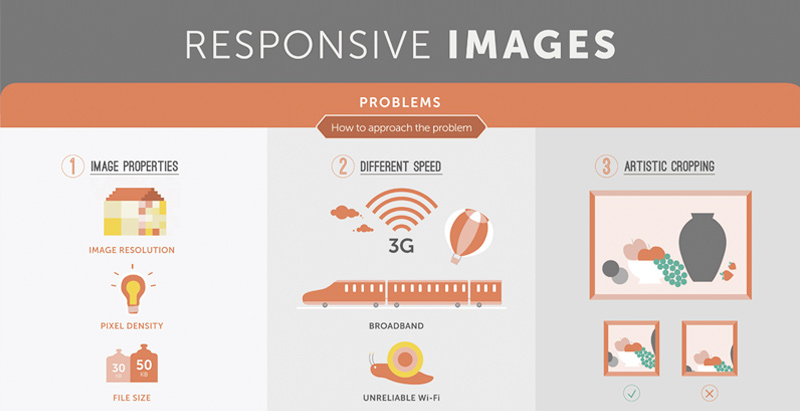The Evolution Of Web Site Layout: From Past To Present
The Evolution Of Web Site Layout: From Past To Present
Blog Article
Content By-Collier Wren
In the past, sites were simple and focused on details. Navigation was direct, and style was for desktops. Currently, user experience is vital. Data overviews designs for very easy navigation. Receptive layouts suit various tools. Today, dark setting decreases pressure, and minimal food selections enhance navigation. Interactive features engage users, and vibrant visuals attract attention. AI assimilation enhances interaction. See how style has actually progressed to improve your on-line trip.
Very Early Days of Web Design
In the early days of website design, simplicity reigned supreme. Sites were standard, with restricted shades, typefaces, and formats. The focus got on giving information instead of showy visuals. Individuals accessed the web with sluggish dial-up links, so rate and performance were essential.
Navigation menus were straightforward, normally situated at the top or side of the page. Websites were created for computer, as mobile browsing wasn't yet widespread. https://onlinemarketingbestpracti84051.actoblog.com/30454900/exactly-how-to-produce-engaging-ad-duplicate-for-your-ppc-projects was king, and developers focused on simple readability over complicated style components.
HTML was the key coding language utilized, and designers needed to function within its constraints. Animations and interactive attributes were minimal contrasted to today's criteria. Sites were static, with little vibrant material or tailored customer experiences.
Surge of User-Focused Layout
With the development of web site layout, a shift towards user-focused layout principles has actually ended up being progressively popular. managed wordpress web hosting , creating sites that focus on customer experience is essential for engaging site visitors and achieving business objectives. User-focused layout entails understanding the needs, preferences, and behaviors of your target audience to customize the site's format, content, and features accordingly.
Designers currently perform extensive study, such as customer studies and functionality testing, to gather understandings and responses directly from customers. This data-driven technique aids in creating intuitive navigating, clear calls-to-action, and visually enticing user interfaces that resonate with site visitors. By putting the user at the facility of the design process, websites can deliver an extra tailored and satisfying experience.
web services has additionally emerged as an essential aspect of user-focused layout, making certain that sites are maximized for different gadgets and screen sizes. This adaptability enhances ease of access and functionality, dealing with the varied ways individuals communicate with sites today. Fundamentally, the surge of user-focused layout symbolizes a change towards producing digital experiences that prioritize the needs and assumptions of completion customer.
Modern Trends in Website Design
Explore the most up to date fads shaping web design today. One famous trend is dark setting design, supplying a sleek and modern-day look while minimizing eye stress in low-light settings. article for website is minimalist navigating, streamlining menus and improving customer experience by concentrating on essential elements. Incorporating micro-interactions, such as animated buttons or scrolling effects, can produce an extra interesting and interactive site. Receptive style continues to be important, making certain seamless individual experiences throughout numerous gadgets. Furthermore, making use of strong typography and asymmetrical layouts can include visual interest and draw attention to certain web content.
Incorporating AI innovation, like chatbots for consumer support or tailored suggestions, boosts individual involvement and enhances procedures. Access has likewise become a significant pattern, with designers prioritizing inclusive style methods to cater to diverse individual demands. Welcoming sustainability by maximizing web site performance for rate and efficiency is one more emerging trend in web design. Collaborating with user feedback and data analytics to repeat and boost design continuously is vital for remaining relevant in the ever-evolving electronic landscape. By accepting these modern-day patterns, you can create a visually appealing, easy to use web site that resonates with your target market.
Conclusion
As you assess the evolution of site design from the early days to now, you can see how user-focused style has become the driving pressure behind contemporary trends.
Embrace the journey of modification and adjustment in website design, always maintaining the individual experience at the forefront.
Remain current with the most up to date fads and innovations, and never ever quit evolving your method to create visually stunning and user-friendly websites.
Progress, adjust, and produce - the future of web design remains in your hands.
